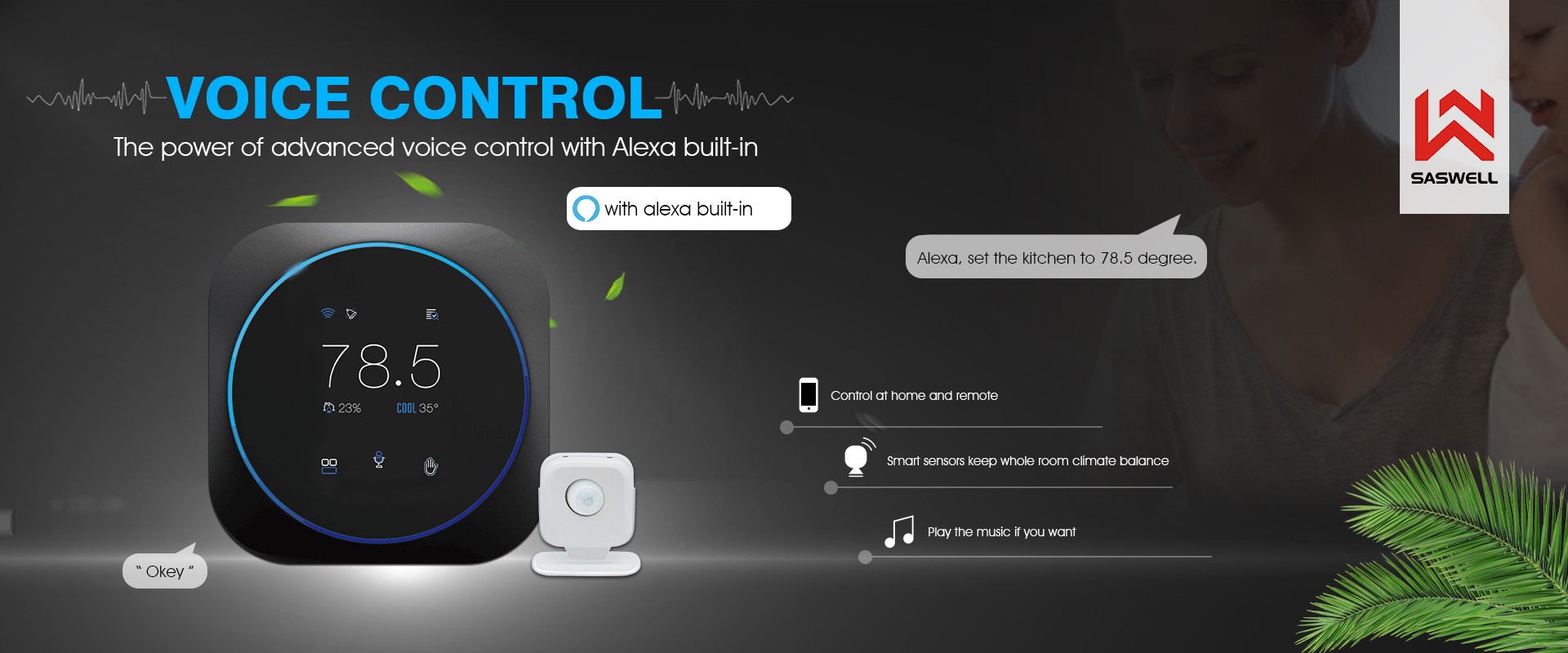A traditional thermostat has two pieces of different metals bolted together to form what's called a bimetallic strip (or bimetal strip). The strip works as a bridge in an electrical circuit connected to your heating system. Normally the "bridge is down", the strip carries electricity through the circuit, and the heating is on. When the strip gets hot, one of the metals expands more than the other so the whole strip bends very slightly. Eventually, it bends so much that it breaks open the circuit. The "bridge is up", the electricity instantly switches off, the heating cuts out, and the room starts to cool.
But then what happens? As the room cools, the strip cools too and bends back to its original shape. Sooner or later, it snaps back into the circuit and makes the electricity flow again, so the heating switches back on. By adjusting the temperature dial, you change the temperature at which the circuit switches on and off. Because it takes some time for the metal strip to expand and contract, the heating isn't constantly switching on and off every few seconds, which would be pointless (and quite irritating); depending on how well-insulated your home is, and how cold it is outside, it might take an hour or more for the thermostat to switch back on once it's switched off.
Electrical engineer Dr Ray Franco has compiled some excellent photos of bimetal strip thermostats that show exactly how they work.
How a bimetallic thermostat switches on and off
1.An outer dial enables you to set the temperature at which the thermostat switches on and off.
2.The dial is connected through a circuit to the temperature sensor (a bimetal strip, shown here colored red and blue), which switches an electrical circuit on and off by bending more or less.
3.The bimetal ("two metal") strip is made of two separate metal strips fastened together: a piece of brass (blue) bolted to a piece of iron (red).
4.Iron expands less than brass as it gets hotter, so the bimetal strip curves inward as the temperature rises.
5.The bimetal strip forms part of an electrical circuit (gray path). When the strip is cool, it's straight, so it acts as a bridge through which electricity can flow. The circuit is on and so is the heating. When the strip is hotter, it bends and breaks the circuit, so no electricity can flow. Now the circuit is off.
Gas-filled bellows
The trouble with bimetallic strips is that they take a long time to heat up or cool down, so they don't react quickly to temperature changes. An alternative design of thermostat senses temperature changes more quickly using a pair of metal discs with a gas-filled bellows in between. The discs have a large surface area so they react quickly to heat and they're corrugated (they have ridges in them) to make them springy and flexible. When the room warms up, the gas in the bellows expands and forces the discs apart. The inner disc pushes against a microswitch in the middle of the thermostat turning the electric circuit (and the heating) off. As the room cools, the gas in the bellows contracts and the metal discs are forced back together. The inner disc moves away from the microswitch, switching on the electric circuit and turning the heating on again. You can also find corrugated bellows thermostats in other applications (for example, older cars), and, instead of gas, they're sometimes filled with a volatile (low-boiling) liquid such as a diluted alcohol; the exact chemical inside depends on the range of temperatures over which they need to operate.
 info@saswell.com
info@saswell.com English
English  français
français Deutsch
Deutsch русский
русский español
español العربية
العربية 简体中文
简体中文





 online service
online service 8675528906113
8675528906113